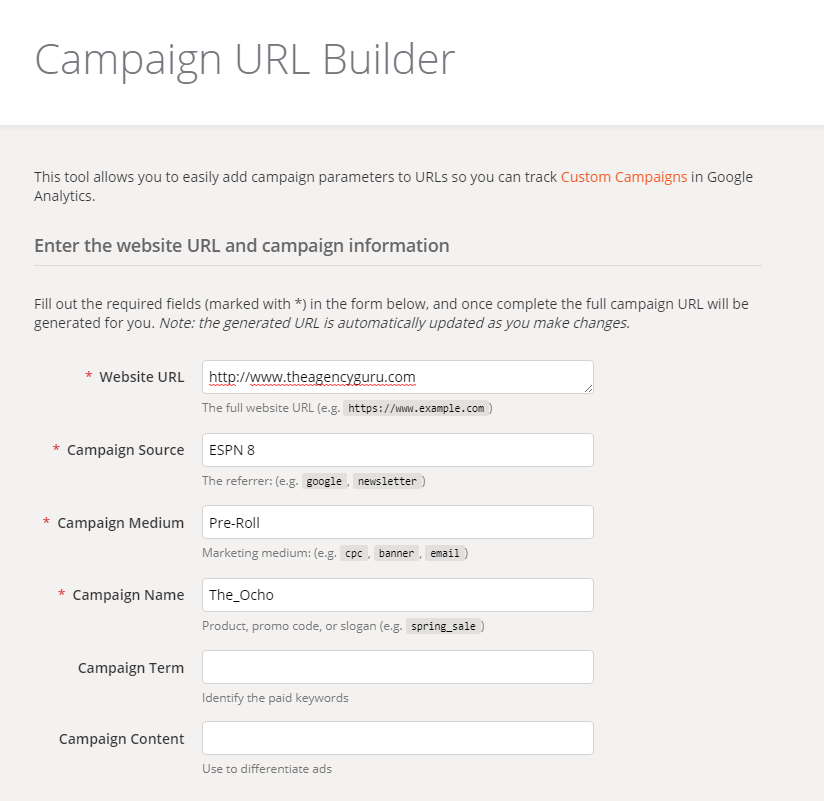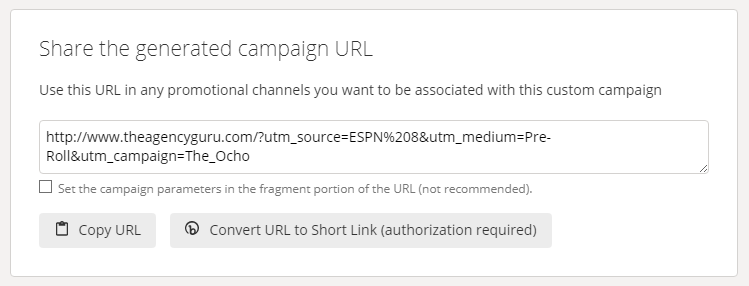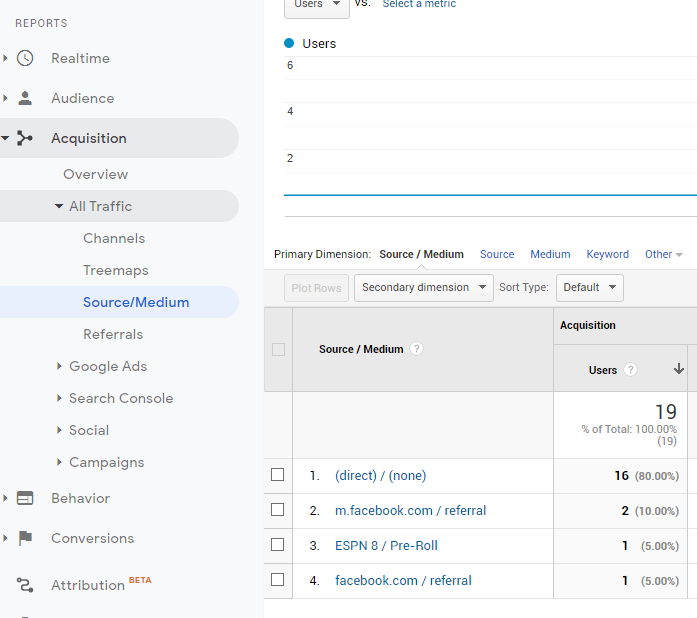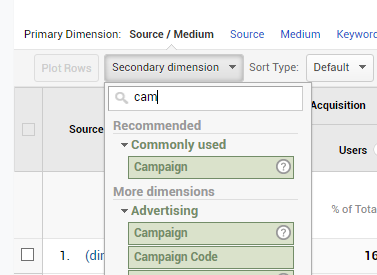On the agency side, I know I am biased. I am usually skeptical of the quality of traffic from my 3rd party vendors. No matter if they are a television station or an email marketing vendor, I am always just a little bit suspicious about the quality of vendor traffic.
Why? I have been burned too many times in the past. From an email vendor that somehow sent equal amounts of traffic to us every hour, 24 hours a day. To a TV station that delivered 5% of the clicks that they said they did. How did I catch them?
Here is my secret — UTM codes.
UTM codes or Urchin Tracking Module is a little snippet of code that you add to the end of your URL. This code allows you in Google Analytics to define who is delivering your traffic. You may be asking yourself, doesn’t Google Analytics already do that for me? It does, to a certain extent, but we can do better! Even though you are reporting in Google Analytics, you can use these codes in any digital campaign you run.
Using these codes, we can drill down to the exact email or ad that drove the visitor to your site. We can do this because the UTM code allows us to define not only the source and medium that sent the traffic but down to the actual campaign. This campaign can be a specific post on Facebook or the October 2020 email marketing campaign.
With a grasp of what UTM codes are, you can see how powerful they would be in gauging the quality of traffic.
How to create UTM codes:
For this article, we will focus on the easiest way to get up and running. That is using Google’s Campaign URL Builder. You can find that tool here:

To use this tool, you need a URL and a source. But that isn’t that useful since that would give you most basic of information. If you really want to test the quality of traffic, I recommend that you include at the minimum the following parameters:
- URL – where you want the traffic to go
- Campaign Source = the origin of the traffic and can be a search engine (google/bing) or a website (facebook.com / ESPN.com / TV Vendor Name)
- Campaign Medium – the category of the source, for example, it can be organic, cpc, pre-roll, display, etc.
- Campaign Name (optional but preferred) – an additional identifier that you can refer back to later (Spring Clearance Sale, Truck Month, etc)
You can stop at campaign medium if you feel like you don’t need a campaign name to be included. An example of this is if you are partnering with a television station and they are including pre-roll on their site, and you don’t plan on changing the creative very often. If you plan on changing the creative regularly or have a special sale, the campaign content parameter could be very helpful.
How to implement the tracking URL:
Once you enter in the information, the too automatically creates the tracking URL for you. In the case of the example above the URL looks like this:

You can take this URL and use it like you were just linking to your site (in this case theagencyguru.com). As far as the user experience, they won’t even know that you gave them a tracking URL. As far as they are concerned, it looks like a straight link to your site.
How to view the data:
Once you have the tracking URL in place, you are ready to start receiving data. This step is where you start drilling into the quality of traffic. When you pop into Google Analytics its time to fire up the Source / Medium report. You can find this report with the following steps:
- Clicking on Acquisition in the left navigation bar
- Clicking on and expanding All Traffic
- Lastly, clicking on Source / Medium
This report outlines where you traffic is coming from and breaks it down into the two elements we discussed earlier source/medium. With the parameters we discussed earlier, our report looks something like this:

You will notice by default GA only provides the source and medium data on this page. If you went the extra step and defined a campaign, you can access that by utilizing the secondary dimension drop down. Just click on where it says secondary dimension and type in campaign, it should look something like this:

What should you look for to gauge the quality of traffic?
Besides a general gut check for metrics that seem amiss. The following list is a great place to start:
- Does the number of users / sessions look in the ballpark of the number of clicks that the vendor says they are delivering? There are many reasons that the number of clicks may differ from the number of sessions. However, if something looks fishy, ask the vendor to look into it for you.
- Bounce Rate – does the bounce rate look ok? Is it at 90%, if so that means the traffic that is being sent is immediately leaving your site. The general rule of thumb is your bounce rate should be somewhere between 20% – 70% If the bounce rate for just the one vendor campaign, you should dive in deeper. It could be indicative of bad quality traffic or targeting.
- Pages Per Session – This shows how deeply the traffic is diving into your site. A low number of pages per session and a high bounce rate are not a good sign. The best benchmark for this will be the traffic from your other paid campaigns if you are running any. If you aren’t running any other paid campaigns and this number us lower than 1.2, you may want to ask the vendor to look into it for you.
- Average Session Duration – overall the same notes as above. The best benchmark is your other paid campaigns. This will be unique based on your site and landing pages. But if it looks fishy, ask the vendor about it!
Conclusion
I hope this helps you with judging the quality of traffic from your 3rd party vendors. Hopefully, you won’t catch anything, but it may be best to find a new partner if you do. Good luck with your digital campaigns and feel free to reach out if you need consulting help!
If you aren’t currently using Google Analytics, check out our post on 10 reasons why you should!

